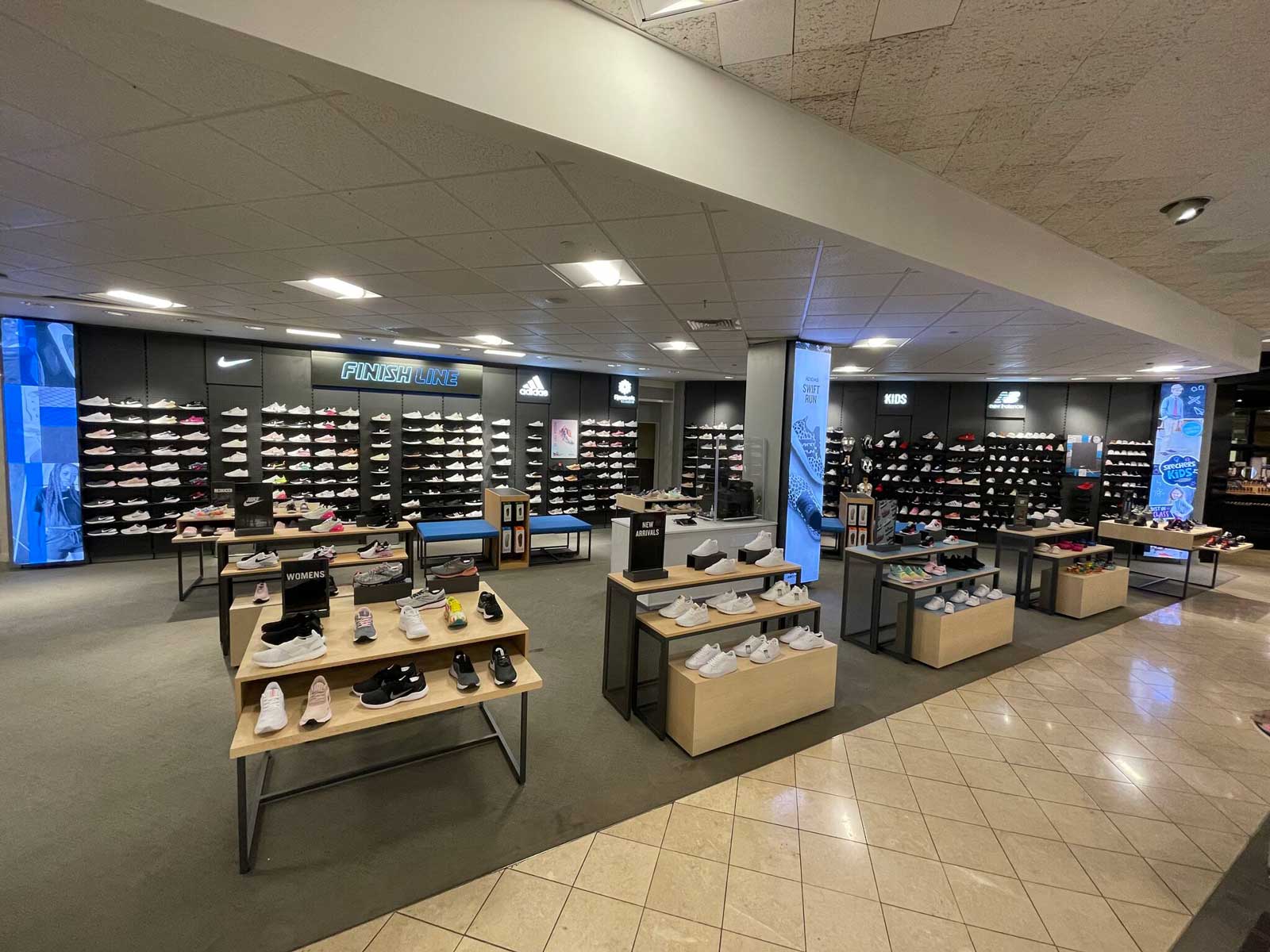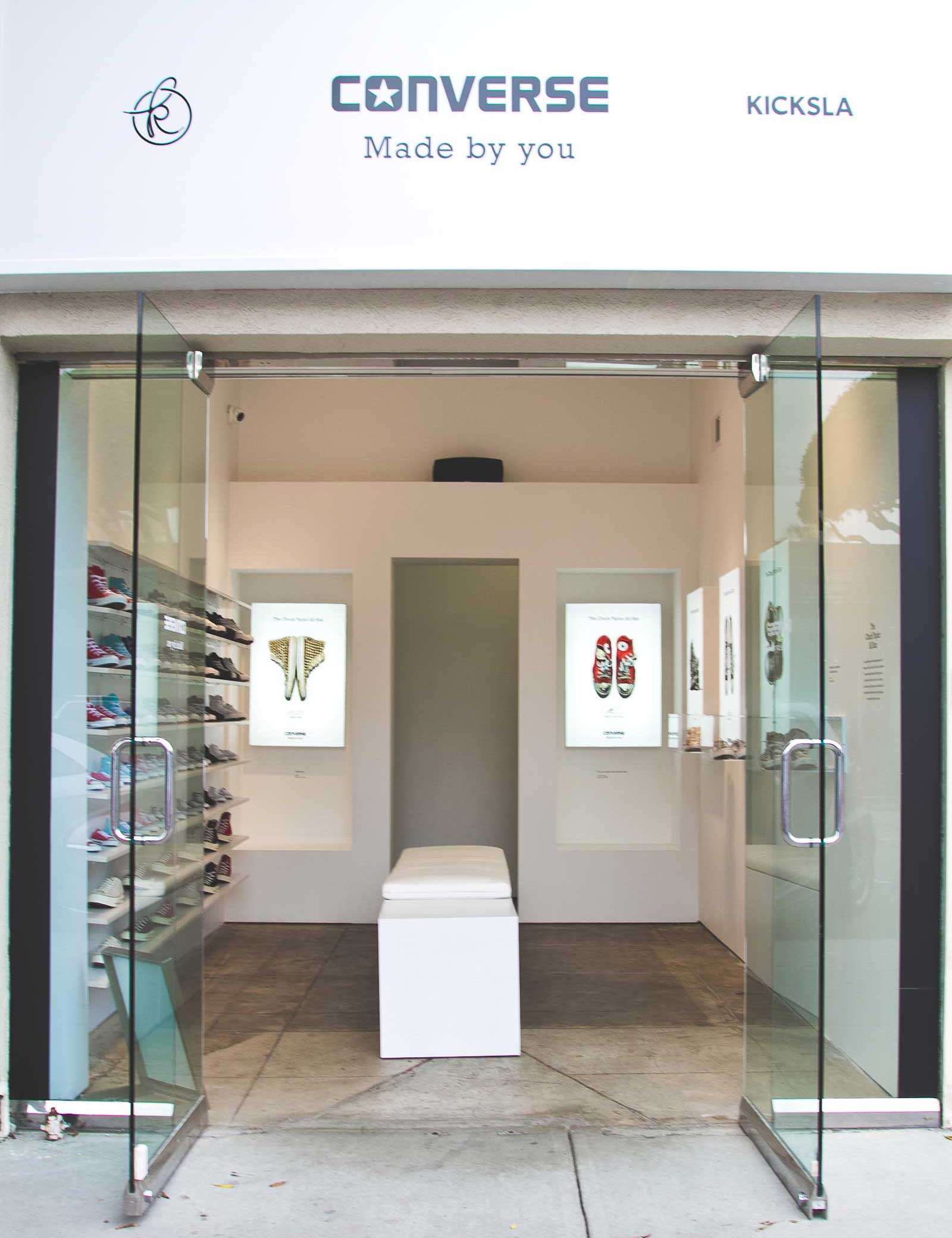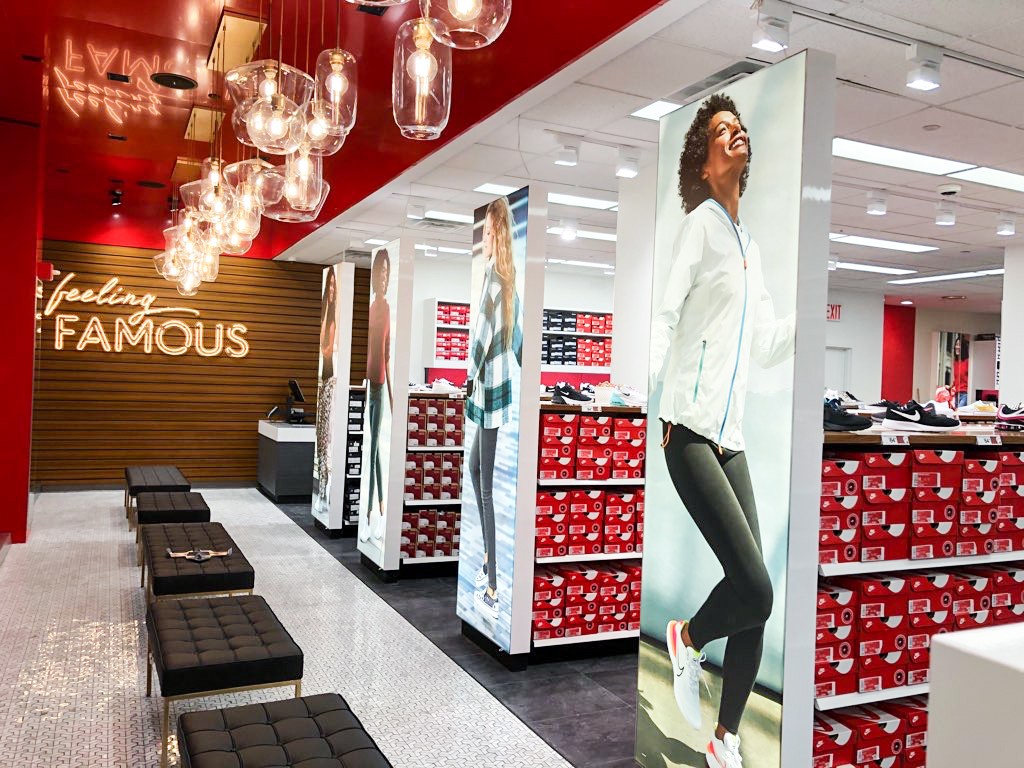Direct to Consumer Retail
Direct to Consumer Retail
Looking to stay ahead of competition as a retailer?
With an evolving retail landscape, direct to consumer brands are deciding how they can stay competitive in the retail industry. To do so, DTC brands are making their move to enter the physical retail space market. Expanding beyond digital channels into omni-channel retail ensures that companies can reach the consumers wherever they are: both online and in-person. This means that retailers need more than an online presence and more than just a brick-and-mortar storefront to thrive.
Whether retail brands are looking to open their first store or planning to expand their physical presence, brick-and-mortar stores allow brands to expand their audience from a different perspective. Taking the time to understand your target demographic allows your company to develop a shopping experience that’s dedicated to your customers’ wants and needs.

Tiffany & Co. pop-up shop in a department store
Looking to enter the brick-and-mortar retail space but want to take it slow?
Direct to consumer retail brands are leveraging pop-up shops and shop-in-shop experiences as a tool to better understand their target audience. Temporary locations allow retailers to test new markets, observe customer behavior, and develop a marketing strategy based on their findings.

Majestic Pop-up Homeplate Shop
The biggest benefit of a pop-up or shop-in-shop is that a company can observe and adapt to customers before they commit to a brick-and-mortar store. Experimenting with different layouts can help determine how customers move within a space and how they interact with the merchandise. This can help decide the best merchandising systems, layout, and visual aesthetic that appeals to the target audience.

Finish Line shop-in-shop at Macy’s
What should I consider when creating a brick-and-mortar store?
As retailers move out of large malls, there has been a shift towards local storefronts. These small, rural locations attract more intentional buyers and typically have great deals on rent. In-person shopping allows customers to interact with the products and the brand face-to-face, which creates a sense of genuineness that online shopping doesn’t offer. Therefore, one of the biggest benefits of a brick-and-mortar store for a direct-to-consumer brand is the relationships they foster with their customers.

Converse x KicksLA “Made by You” Store
- What size should my retail space be: should I create a shop-in-shop or a full retail store?
- What kind of store layout should I use?
- How should I display my merchandise?
- How can I encourage my customers to engage with my brand?

Famous Footwear store with merchandising systems end caps
About SEG Systems
Learn how SEG Systems can help your brand stay competitive in the retail industry. Contact us today!
